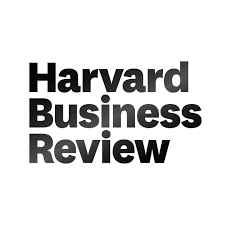Leadership Redefined

Leadership has suffered from the ‘man on top’ syndrome for far too long. People have always looked up to seek counsel.
Instead, look around. There’s leadership waiting to be discovered in every direction you look. At the bottom of the corporate pyramid, that young Gen Y recruit–the one shifting uncomfortably in the new suit that covers his prized tattoo, who questions legacy systems and processes–is a leader in his own right. There are leaders present behind pretty much every computer screen in our offices, across functions, streams and teams – waiting impatiently to prove their mettle.
What is leadership today? What definition would cut across borders of politics, business, students, community and more? That’s the question I’ll be tackling in this space.
Over half a century ago, before World War II, a young Mohandas Karamchand Gandhi proclaimed, “I suppose leadership at one time meant muscles; but today it means getting along with people.”
The more I read about Gandhi, the more I feel he was a man ahead of his time. It wasn’t just about non-violence, or conviction, or refusal to be brow beaten. It was all this and much, much more that found millions of people loyally following in the direction he walked.
I was born over a decade after Gandhi passed away and am not one inclined toward the study of history. You are more likely to find me with a copy of The Black Swan. And yet, I find that Gandhi’s statements are still relevant no matter where you place them – strangely enough, much as he kept his distance from it, in the corporate world as well.
Just as Franz Metcalf and BJ Gallagher Hateley explored What Would Buddha Do at Work, it is well worth visiting the thought: What would Gandhi do at work? He would be a strategist par excellence; a powerful communicator; he would connect people across all levels to the collective vision; he would lead by example. He would be innovative, to say the least, and certainly fearless in breaking convention to follow an unbeaten path. Most of all, he refused to be leashed to a title or a role.
Unlike leadership in the command and control era, leaders today lead not from the front, but are the quiet strength behind their people. To go just a step beyond Ken Blanchard’s four dimensions of leadership — the head, the hands, the heart and the habits – we might need to add a few more dimensions: listening, learning and letting go!
For, no matter where you look, leaders assume far greater relevance as allies and co-innovators than as a mentor or guide.
Originally posted on Vineet Nayar’s Blog site on Harvard Business Review: https://hbr.org/2008/09/leadership-redefined

